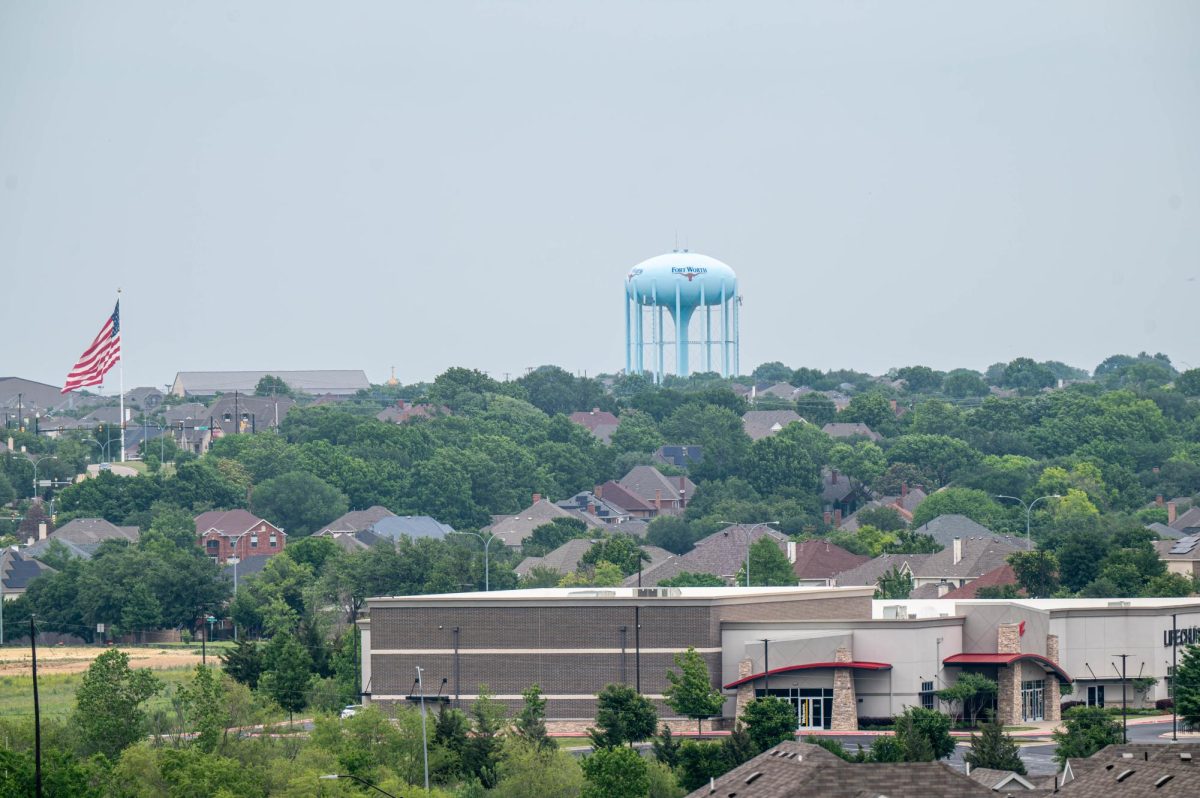I discovered my favorite eye shadow last winter. It’s black as night and appropriately named coal. One of my favorite movies is “Coal Miner’s Daughter,” in which the hard working, humble family of a coal miner romanticizes the dark sedimentary rock. Those are the only two things I like that have the word “coal.”
By 2012, coal plants in the United States, China and India are expected to emit an extra 2.5 to 3 billion tons of carbon dioxide, according to a study cited in the textbook Contemporary Environmental Issues by TCU environmental sciences professor Michael Slattery.
Coal burning is the leading cause of acid rain, global warming, smog and air toxins, according to the book. In addition, mining coal is a hazardous job, in which many are killed or develop chronic health problems such as black lung disease, according to the book. The makeup of this sedimentary rock ranges from 40 to 90 percent of carbon, according to the book. Coal pollutes the environment when it is mined, transported to coal power plants, stored and buried.
Our world population is about 6.7 billion, according to government estimates, and it is expected to near 10 billion by 2050, increasing the world’s energy consumption. Coal helps generate half of the United States’ electricity and generates more than 20 percent worldwide, according to the book, and it is being used in record amounts.
Something can be done about the record-high amount of coal to diminish pollution in the future.
According to the book, wind power is the most economically and fastest-growing renewable energy source and is becoming a mainstream choice for our rapidly-growing electricity demand.
Wind power does not emit harmful pollutants, including carbon dioxide, which is a greenhouse gas. In addition, no mining or drilling is required. Wind farms are spread across large areas of land, but farmers and croppers can continue to work on the land around the wind turbines. The drawbacks and criticisms of wind power are visual impacts and wildlife impacts. Wind farms have many turbines that can be seen for many miles and affect landscape appeal. Wind turbines with older designs send out noises that can be bothersome to people. The most controversial aspect of wind turbines is the impact on bird populations because some birds fly into the turbines and die.
These criticisms may have a solution.
Wind turbines may not be beautiful, but neither is a smoggy sky. I’d take the wind turbines over a dirty skyline. The bird population issue could be corrected by improving the wind turbines by adding tubular bars that keep birds from perching on top, cutting down death rates. Also, there are more dangers to birds than wind turbines, which only cause 0.01 percent of bird deaths, according to a 2002 study of human-influenced bird mortality in the United States. Collision with windows, buildings, and power lines account for 70 percent of bird mortality, according to the study.
Coal is abundant, but many now know its terrible effects. Moving away from coal right away may be difficult but must be a change implemented soon. Turning to wind power as an energy resource will improve our pollution problem. The book states wind power is ultimately clean, cost effective, and readily available. It could become an essential link to the solution to climate change and our country’s high demand for electricity.
Liz Sehon is a senior news-editorial journalism major from Waco.



